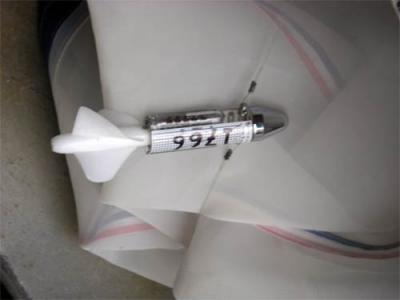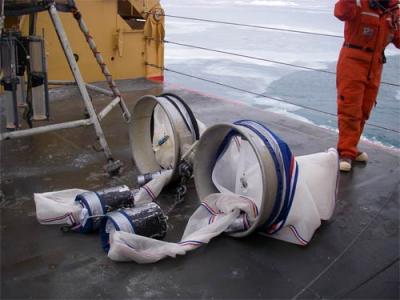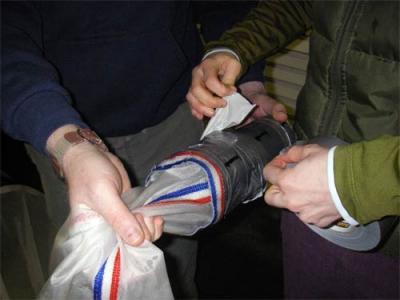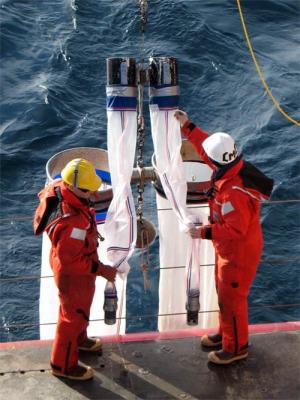One group of scientists on board is looking at the zooplankton and meroplankton found in the Arctic seas. Jeff Napp from NOAA-AFSC heads this research on the ship and has three students with him. I have had the opportunity to spend some time with them and help put out and bring in their nets. In my past, I had done plankton tows in the Atlantic but never in these cold, Arctic conditions.

In such cold conditions, some planning had to go into what will work in these cold seas. One thing they did was put ethylene glycol into the counting chamber of their flow meters to prevent freezing. Last year, the flow meters froze after the seawater got into the chamber, and using the ethylene glycol, which has a much lower freezing point than water should resolve that problem. The counting chamber must be able to turn in order to record every revolution of the spinner. It is not reset to zero but an initial and final reading is done to then determine the amount of spins during each deployment of the nets.

The flow meters are an important part of the data collecting. The flow meter helps provide information to determine the amount of water volume that moved through the net. The actual tow of these nets is called an oblique tow because the net is dragged at an almost 45 degree angle and this gets approximately 5 times more water volume than simply a pull tow. The nets being used are called bongo nets. Can anyone tell me why? Take a look at the following picture.

They look like the bongo, a musical instrument that is much like a pair of drums you bang on. Each side of the bongo net has a different size of netting depending on what Jeff and his team wants to look at and what they want to leave in the ocean. Their focus is on the heterotrophs of the plankton world. These are the zooplankton and the nets are sized to be small enough to catch these microscopic predators but large enough to let a lot of their food, phytoplankton, to pass through the net.
At the bottom of the nets are sieve containers that allow water out but have a filter that traps all the microscopic critters that Jeff and his team want. These containers are buckled onto the net on two sides. Yet, that isn’t enough to be sure that after the tow, the container comes up with the net. One more step is done for additional insurance. Something no scientist should leave behind…duct tape.

With the nets ready to go, they are carried out to the deck and ready to be put in the water. Once placed in the water, it’s a waiting game for the team and for you. Find out what is found in Jeff Napp’s net in my next journal entry.



Comments